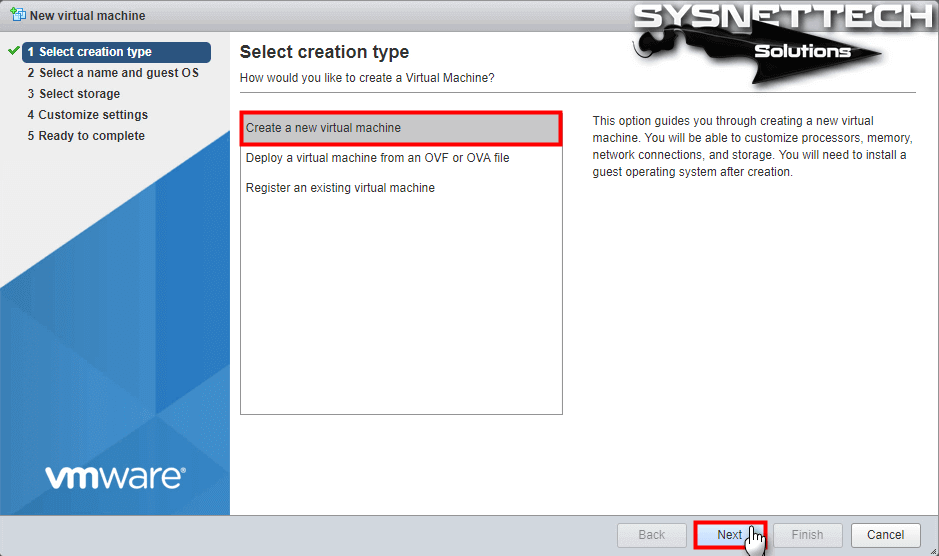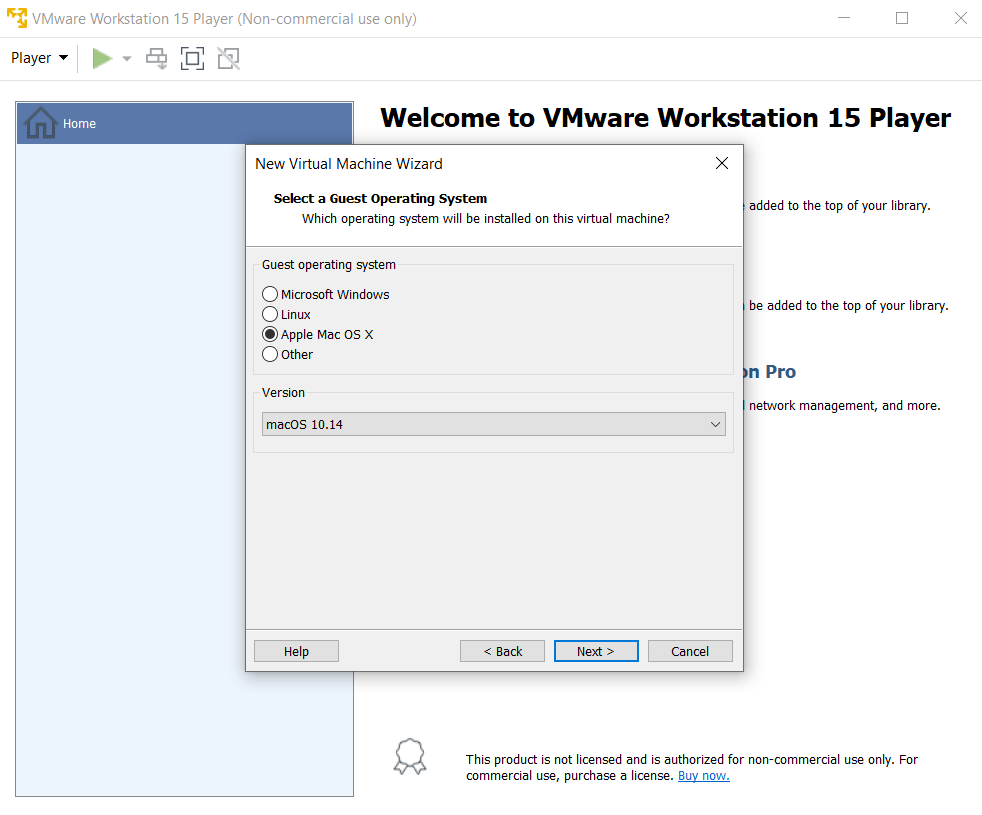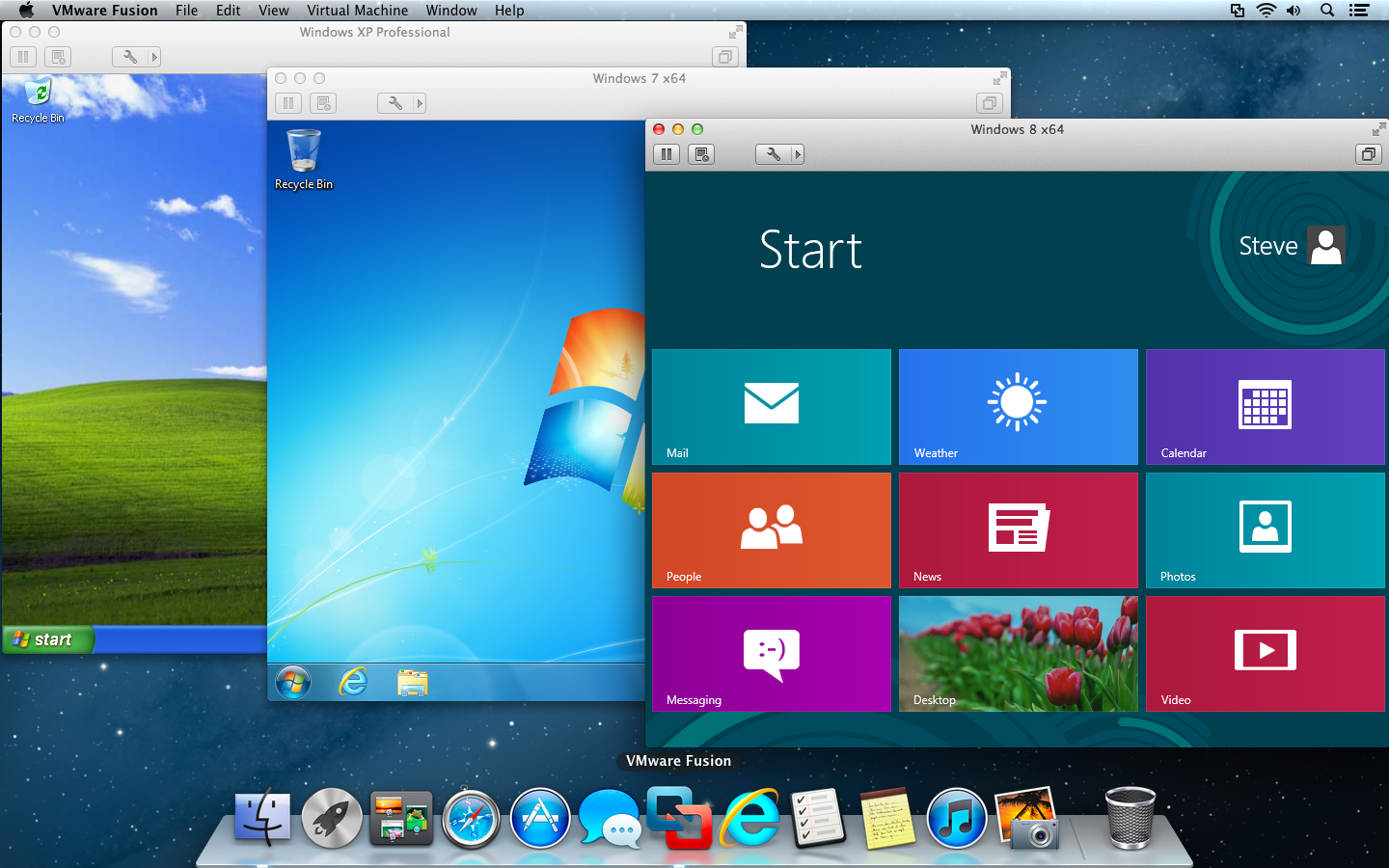VMware Fusion 12 VMware Fusion delivers the best way to run Windows on the Mac, and the ultimate development and testing tool for building apps to run on any platform. Ready for macOS 11.0 Big Sur, Fusion 12 supports macOS 10.15 Catalina and includes new features for developers, IT admins and everyday users. VMware OVF Tool is a command-line utility that allows you to import and export OVF packages to and from many VMware products.

Overview
The VMware OVF Tool is a conversion program freely downloadable from VMware that assists in the distribution of virtual machines (VMs) and vApps, converting them between OVF, VMX and OVA formats. It also includes a command‑line facility to import and export OVF packages between environments or from third party suppliers. The OVF Tool is a command‑line interface (CLI) tool only.
VMware.ovf files can be executed immediately for easy deployment in development and testing environments. About MacStadium Private Clouds With a MacStadium hosted Mac private cloud you have everything you need for true automation. The VMware OVF Tool is available for many platforms, including Windows, Linux, and MAC OSX. The OVF Tool provides a lot of features, such as importing and exporting OVFs, converting between any VMware-supported format (VMX, OVF, OVA, vCloud Director, etc.), signing OVF packages, and validating OVF package signatures—and many more. The Virtual Appliance Marketplace contains a variety of virtual appliances packaged in OVF format that you can download and deploy in your vSphere environment. Procedure Go to the Virtual Appliance Marketplace, which is part of the VMware Solution Exchange.

OVF (Open Virtualisation Format) is a packaging standard created by leading virtualisation vendors. It is a platform independent, efficient, open packaging and distribution format for VMs.
VMX (the VM configuration file) is a simple text file with various parameters relating to the guest VM.
The OVA file extension is associated with Open Virtual Machine Format. Compared to the OVF file format, the OVA format contains all VM files and
*.ovffiles compressed into one single OVA archive file instead of many files in a folder.
Downloading the OVF Tool
You can download the OVF Tool via the following link:
You must have a VMware account to download the tool. You can download the OVF Tool for Windows 32-bit and 64-bit, Linux 32-bit and 64-bit, or Mac OS X.
After downloading and installing the OVF Tool, you must then go to the directory in which you installed the tool to run it. There is no icon or program logo on your desktop for the OVF Tool, so to launch it, you must use the command prompt. Go to the installation folder and run:
Getting started with the OVF Tool
The OVF Tool is a CLI tool, so some level of familiarity with CMD commands helps in using the tool. There are a number of help commands, which are a good source of information:
You can also find the OVF Tool User Guide at:

Basic import and export commands
You'll mainly use the OVF Tool to import (deploy) and export VMs or appliances into and out of your UKCloud environment.
The basic syntax to do this using the OVF Tool is:
Refer to the OVF Tool User Guide for further commands and switches.

Importing a .vmx file to a vApp template
To import a .vmx file:
In your UKCloud environment, create a catalog to contain the vApp template.
For detailed instructions, see How to create a catalog.
Make sure you are in the correct directory, that is, the directory containing the file you want to import.
Run the following command:
Where:
vCloudTemplateindicates that you're uploading a new vApp templateacceptAllEulasindicates that you accept all end user licence agreementsoverwriteindicates that you're replacing an existing vApp with the new one being uploadedfilenameis the name of the.vmxfile that are importingusernameis your UKCloud Portal user IDapiURLis your vCloud API URL. This URL is different depending on the region in which your environment is located. For more information, see How to access VMware Cloud Director/vCloud Director through the vCloud API.computeServiceIDis the ID of your UKCloud compute service (sometimes also called an org or vOrg)vappTemplateis the ID of the vApp templatecatalogIDis the ID of the catalog in which the vApp template is located
For example:
Tip
Make sure you use double quotes (
') rather than single quotes (').The
.vmxfile is uploaded as a vApp template into your environment.In VMware Cloud Director/vCloud Director, expand the Recent Tasks panel to check the status.
Importing an .iso file to a vApp template
Vmware For Mac Download

To upload an ISO image:
Vmware Ovf Tool For Mac
Make sure you are in the correct directory, that is, the directory containing the ISO file you want to import.
Run the following command:
Where:
sourceType(orst) indicates the type of the source file:ISOpathfilename.isois the full location of the source.isofile you want to importusernameis your UKCloud Portal user IDapiURLis your vCloud API URL. This URL is different depending on the region in which your environment is located. For more information, see How to access VMware Cloud Director/vCloud Director through the vCloud API.targetVDCis the VDC where you want to upload the filecomputeServiceIDis the ID of your UKCloud compute service (sometimes also called an org or vOrg)nameis the name to display for the file in VMware Cloud Director/vCloud DirectorcatalogIDis the ID of the catalog to which you want to upload the file
For example:
Tip
Make sure you use double quotes (
') rather than single quotes (').When the
ovftoolcommand has finished, the source and target locations are listed and then you're prompted for your username and password. When you are authenticated, the upload process is initiated.
Ovf Vmware For Mac Os
Feedback
Vmware Workstation For Mac
If you find a problem with this article, click Improve this Doc to make the change yourself or raise an issue in GitHub. If you have an idea for how we could improve any of our services, send an email to feedback@ukcloud.com.